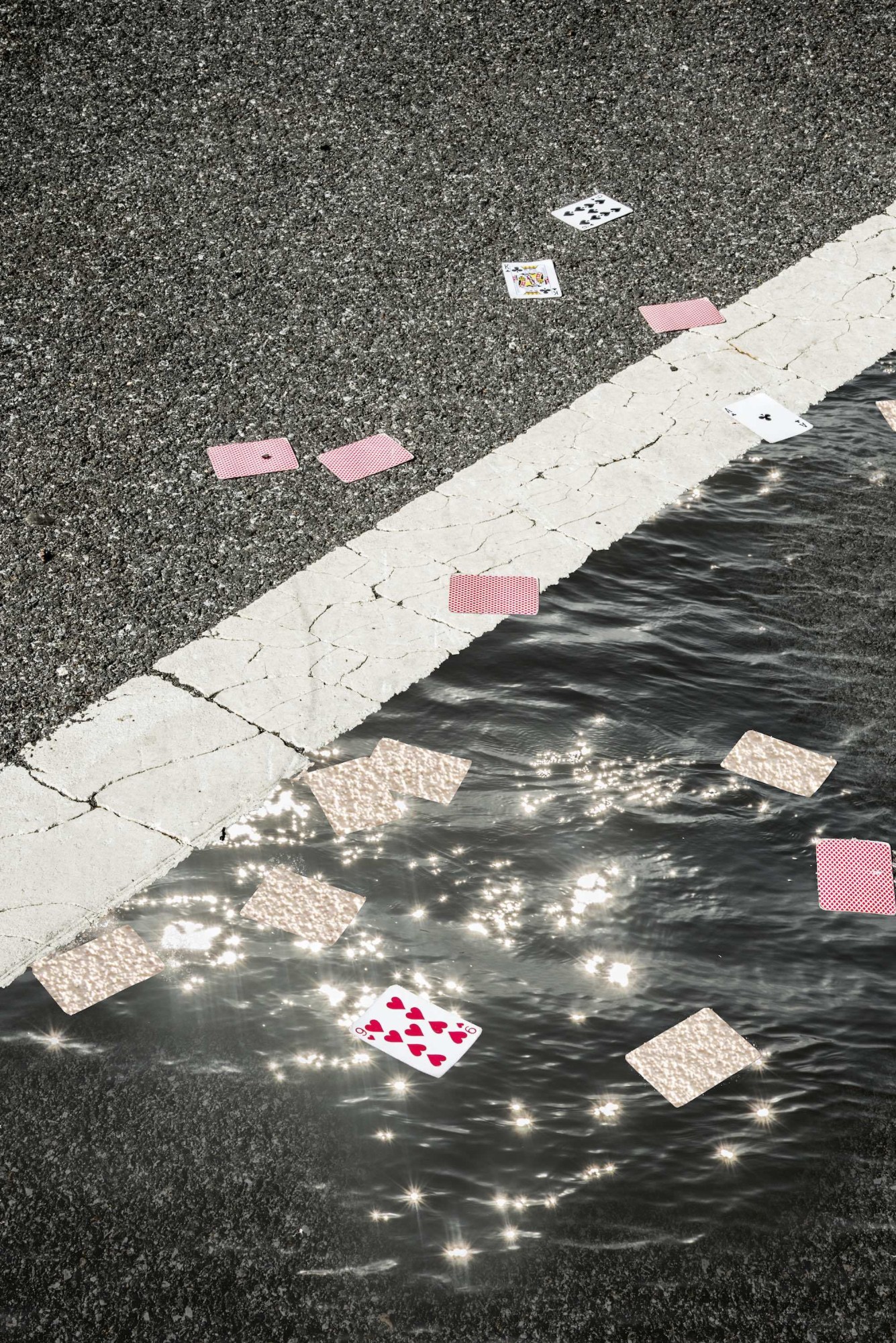KangHee Kim was tired of waiting for magic to happen, so she created it herself. The Brooklyn-based South Korean artist seems to constantly be chasing freedom: first from the confines of her home country’s strict academic educational system, then from the visa restrictions that don’t allow her to leave the United States. Using Photoshop to collage together the photos she takes daily while running errands around New York City, mundane street scenes become utopian miracles. Coils of wire contain portals to alternate realms, littered bodega coffee cups spill the sky into potholes, televisions discarded on moving day broadcast glittering lakes. KangHee’s first book Magic is her favorite images from this ongoing “Street Errands” series, a beautifully manipulated visual diary of everyday sights that typically go unappreciated. We talk to the artist about the importance of escapism, the appeal of small imperfections, and her equally brilliant Instagram.
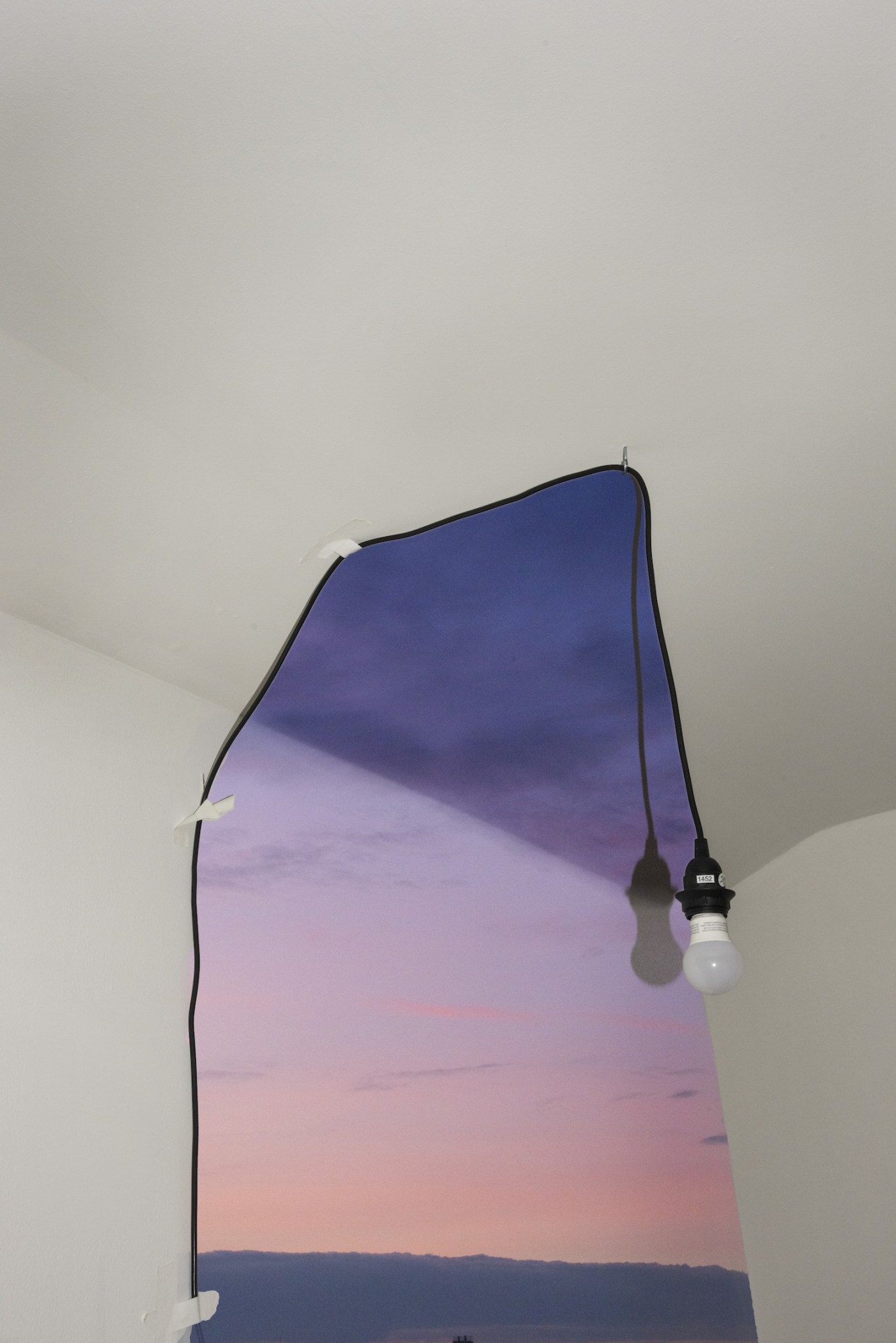
When did you move from Korea to the U.S. and then to New York, and what was this experience like? How does being here influence you creatively in comparison to your home country?
I moved here from South Korea when I was 14 with my mom and my older brother for a better education. I have been really appreciative of my parents, especially my dad, who supported us himself from Korea for 10 years. I have always been interested in art but I’d always suppressed my dream of being an artist because of the strictly structured academic educational system. After I moved to the U.S., I was able to be myself freely without getting the same unrelenting pressure put on every Korean student. I am thankful for the support of individuality here in the States.
How does manipulating scenes in your original photographs help fulfill your desire for freedom?
Manipulating scenes creates infinite possibility, free from the limits or restraints of real life. I can’t travel abroad due to the restriction of my visa status. I modify or even demolish the scenes in the original photographs, leading to a new space. Creating surrealistic or fictional images with photographs I take daily allows me to feel a bit liberated. Instead of waiting for miracles, I create the magical moments in my imagination with my experience.
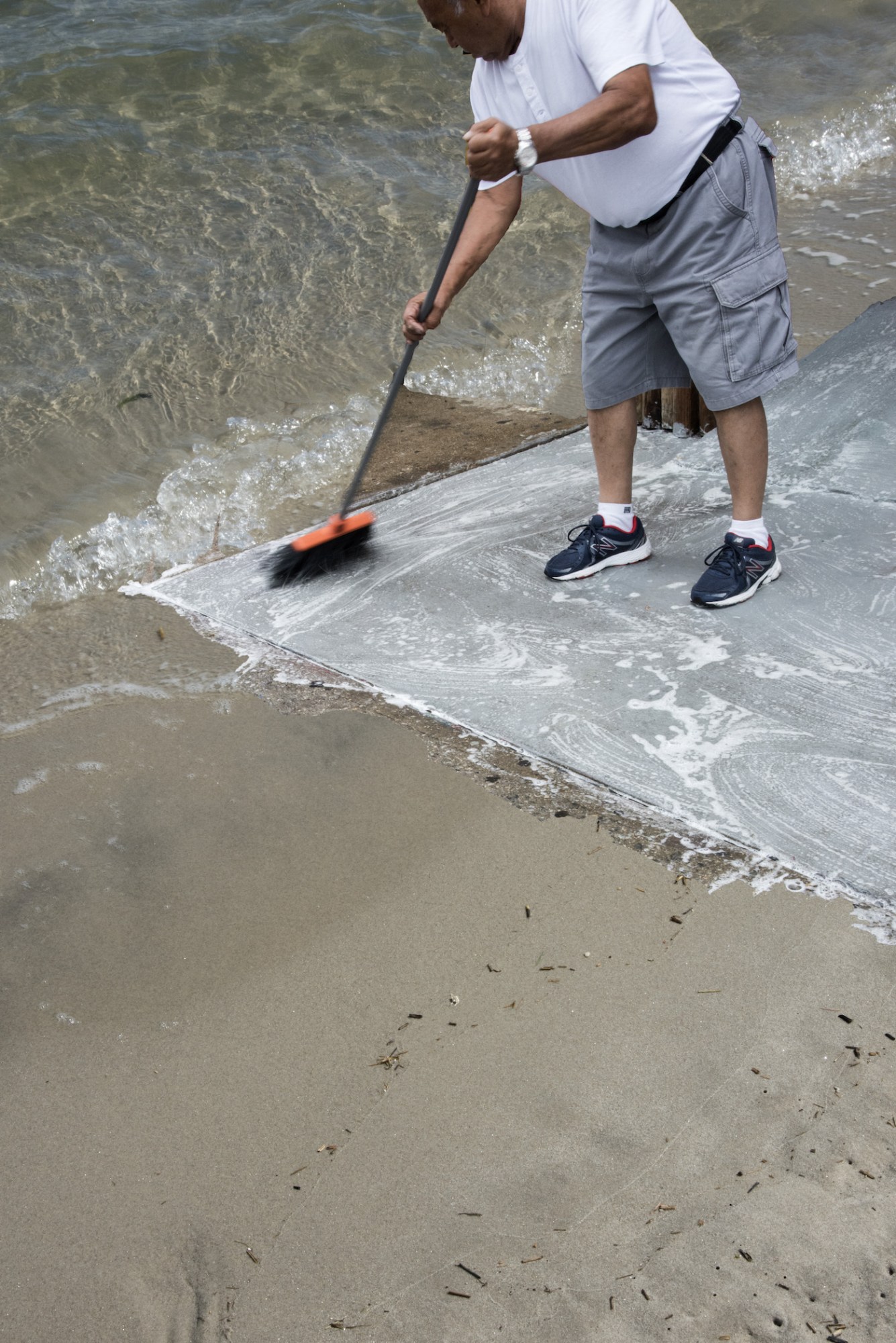
What was the first “Street Errands” scene you created and what inspired you to make it?
I just got tired of waiting for the exciting moments to photograph. The first image was a coffee spilled in the street, collaged on a brick wall. I started to think of it as a painting and allow the post-production process to act as a kind of mark-making. Photoshop is widely used in commercial photography to refine the details and make the images look flawless. I have been curious about the process behind it. I was intrigued by this idea and started to not cover the flaws or marks in my photographs. Instead, I aim to achieve the perfection in my eyes by rediscovering the possibility of merging two images, finding their spark, and I leave traces of imperfection untouched intentionally in the process. The small imperfections are what make people attractive and human.
Your work involves a lot of juxtaposition of mundane objects and very beautiful scenes. Does one of these elements typically inspire you to create a photo before the other?
I take photos daily and try to not think about what comes first. The reason I like to take photos of my surroundings is that true happiness comes from accumulated small pleasures that occur in everyday life, such as finding the perfect brick tiles on a street or enjoying sunsets or beautiful scenery in the afternoon. If you try to find it from what you don’t have at the moment, it’s hard to positively utilize or enjoy the time given at the moment. That’s how I got into making my own utopian world based on my experience. I go out to take photos without thinking that I am going to collage them most of time. I focus on each frame without planning ahead. I have a big archive of photos of scenery and street photos. I go through them on my computer and mix and match those images. It is the most exciting part for me that leads me to the space want to be in.
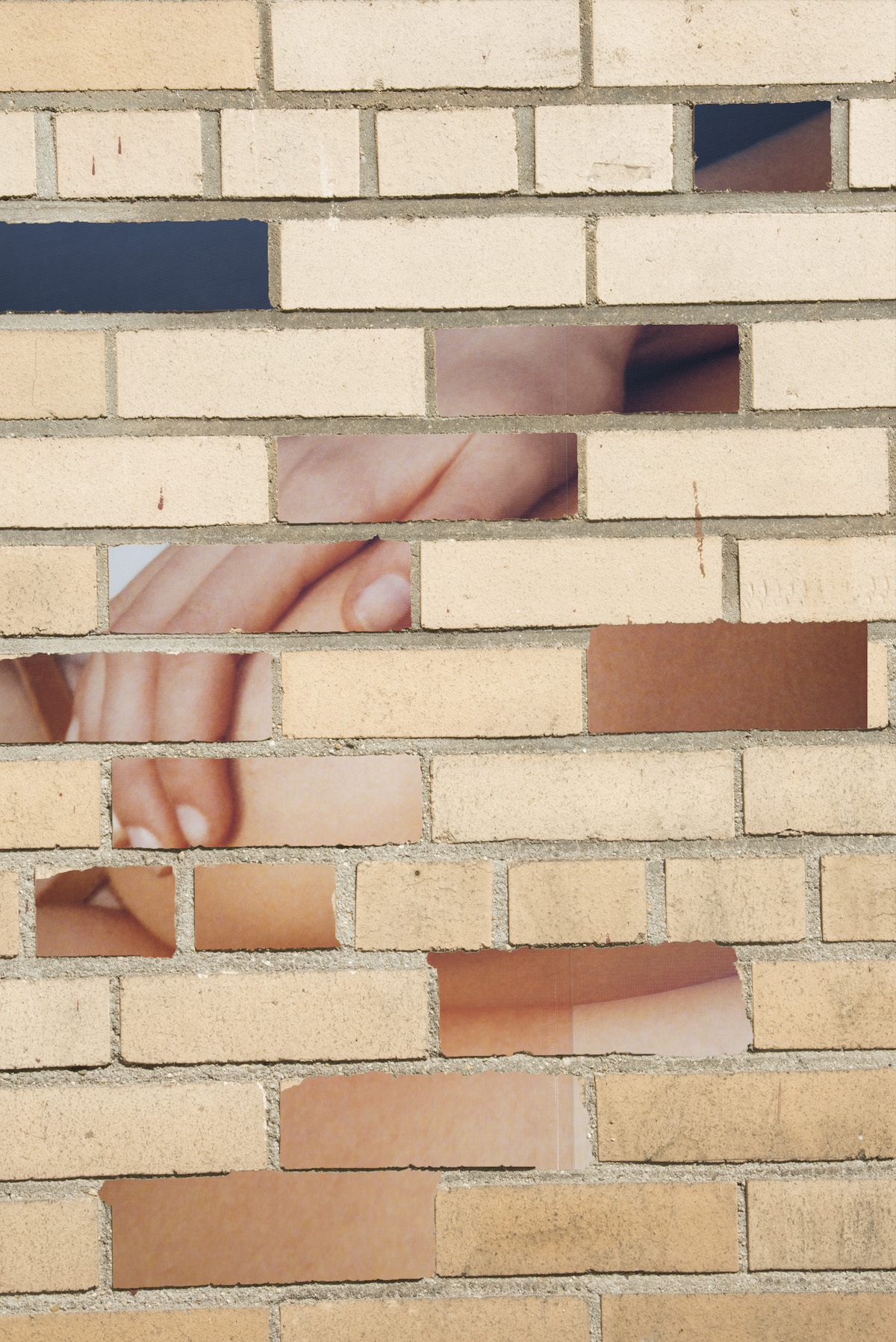
How has your art or approach to it changed since moving from Baltimore to New York?
I am making fewer physical objects for sure. I have been making prints but I am holding off on making paintings/sculpture because of lack of storage spaces. I have been doing a lot more photographic works than any other mediums. Now that I am in New York, my art practice has become integrated with my life. I don’t have a mindset of going to a studio to make art, the practice has naturally taken a part of my daily activity.
You’re also prolific, funny, and technically proficient on Instagram. How you approach posting on social media as opposed to your other work?
My experience with Instagram has been positive. I got into photography through posting on Instagram. It is a readily available tool to share what I want to share. The posts could be my art, dogs, food, or friends. Some artists avoid Instagram because they may be taken less seriously, but I don’t mind it as long as I am serious about it.
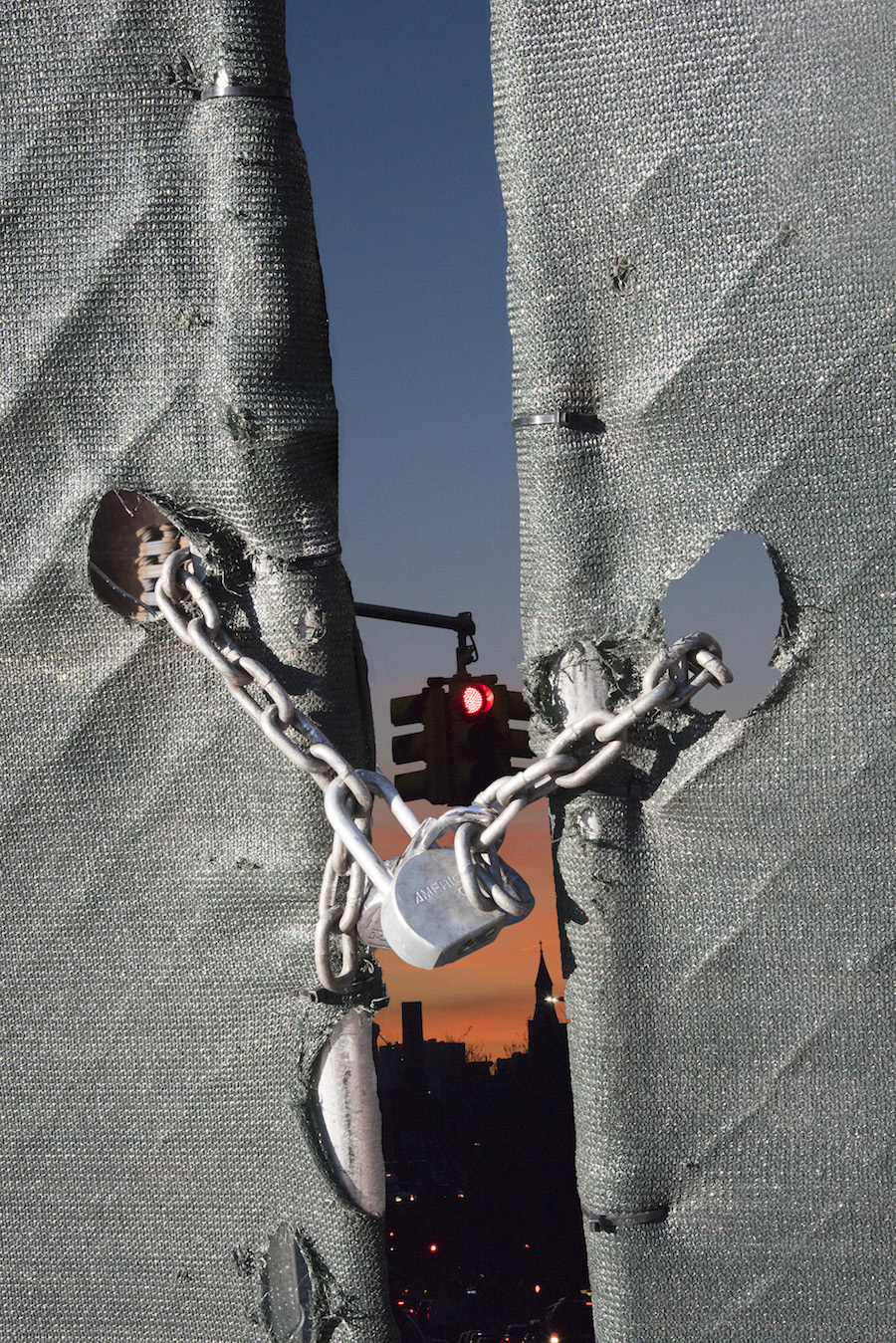
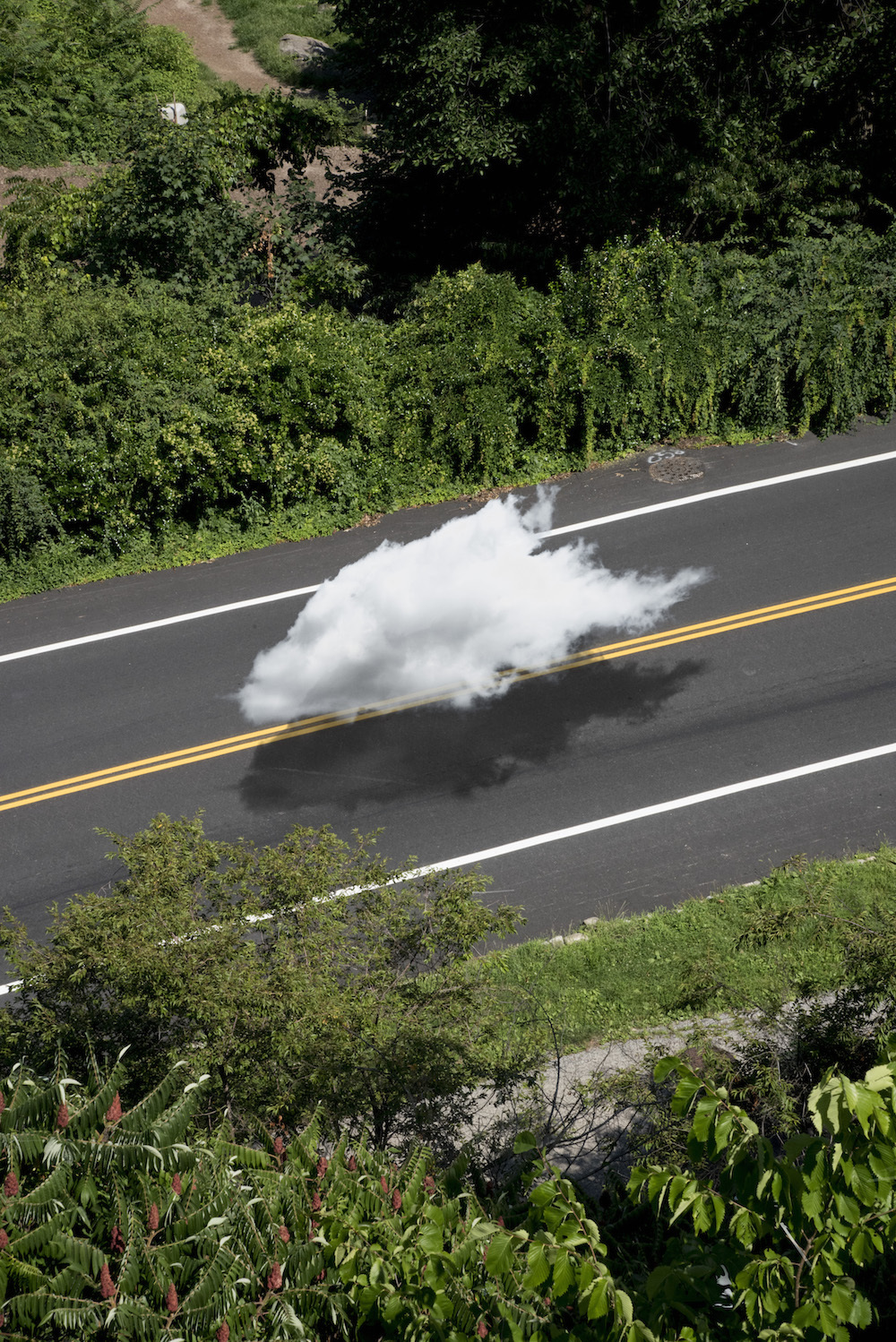
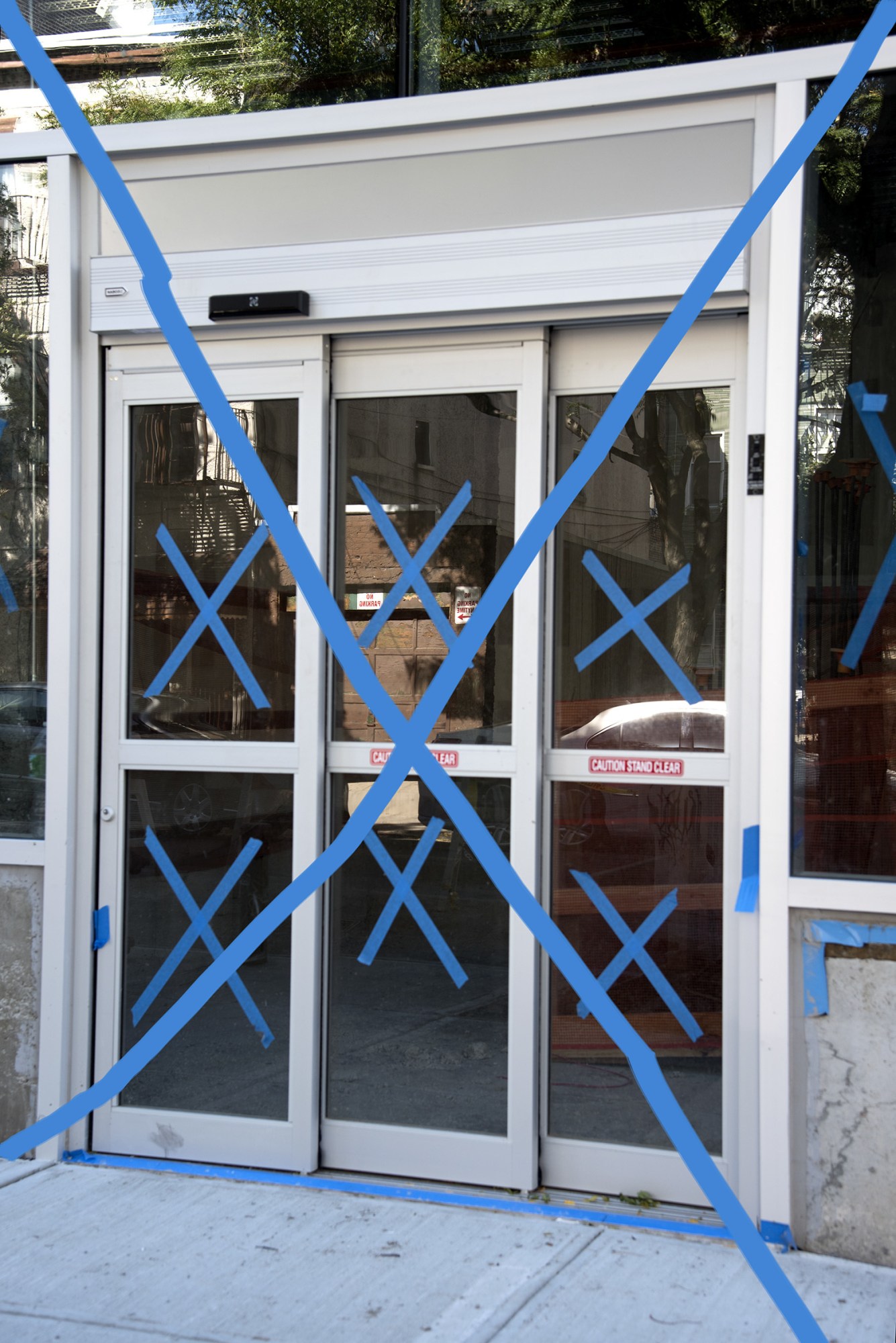
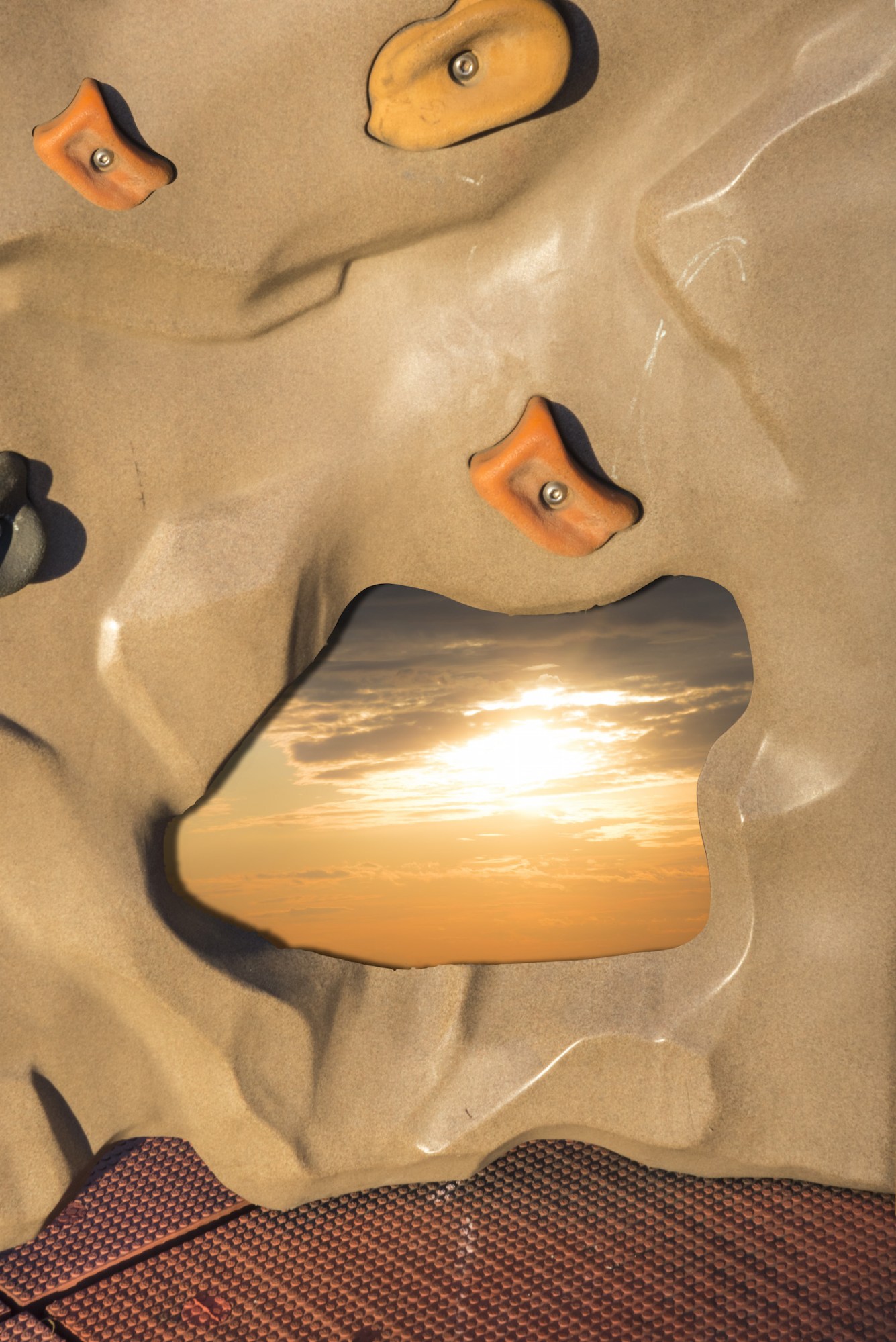
Credits
Text Hannah Ongley
Photography KangHee Kim
